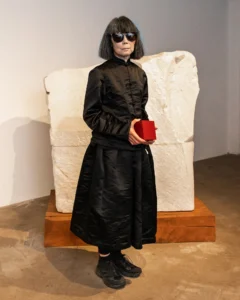Various Dances Forms Around The World
All around the world, there is a dance to represent the culture and traditions of that place. On this International Dance Day (29 April), let us learn about the dances that represent various countries and their culture.
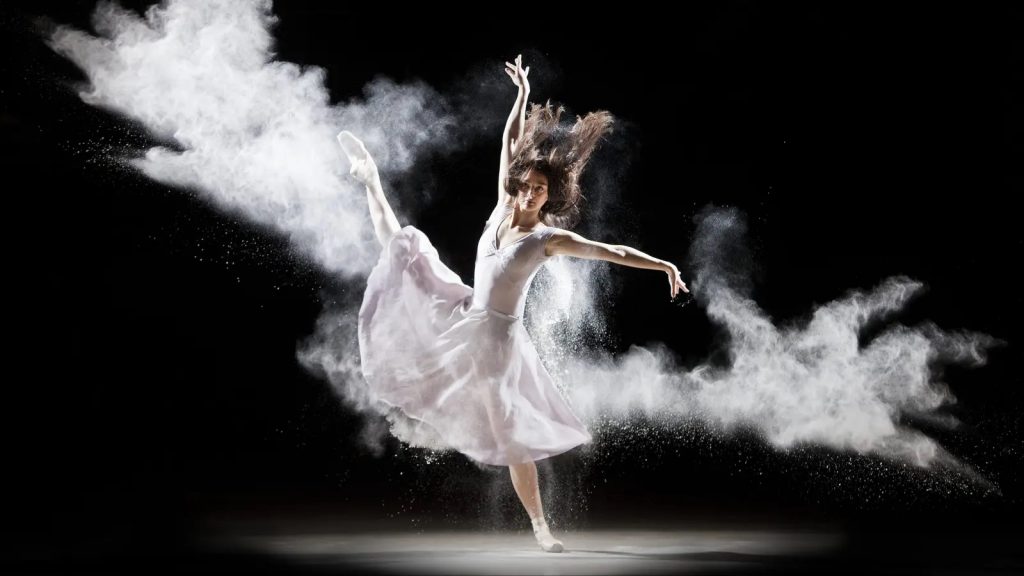
Image Credits: Quartz
All around the world, there is a dance to represent the culture and traditions of that place. On this International Dance Day (29 April), let us learn about the dances that represent various countries and their culture.
Dance is a form of expression of the body and the mind. It not only rejuvenates the body and mind but is an extremely good form of exercise that will keep the body healthy. At the same time, Dance is a part of every culture. All around the world, there is a dance to represent the culture and traditions of that place. On this International Dance Day, let us learn about the dances that represent various countries and their culture.
01. Ballet – Russia
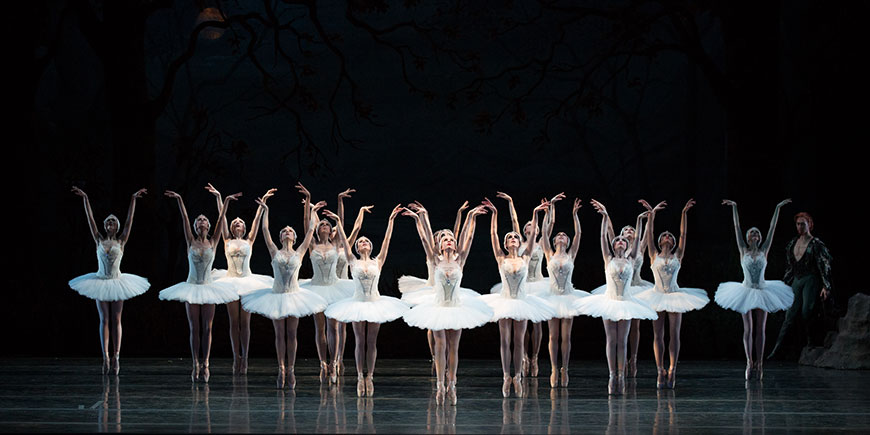
Ballet is a type of performance dance that originated during the Italian Renaissance in the fifteenth century and later developed into a concert dance form in France and Russia. It has since become a widespread and highly technical form of dance with its own vocabulary. Ballet has been influential globally and has defined the foundational techniques that are used in many other dance genres and cultures. Various schools around the world have incorporated their own cultures. As a result, ballet has evolved in distinct ways.
02. Flamenco – Spain
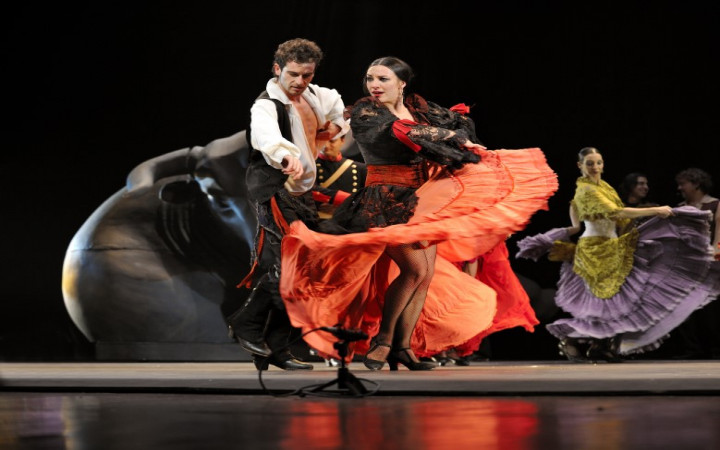
Flamenco dance (baile) is a highly-expressive, Spanish dance form. The flamenco is a solo dance characterized by hand clapping, percussive footwork, and intricate hand, arm, and body movements. The dance is usually accompanied by a singer and guitar player. With roots in Indian, Arabic, and Spanish culture, flamenco dance is known for its sweeping arm movements and rhythmic foot stomping.
03. Bharatanatyam – India
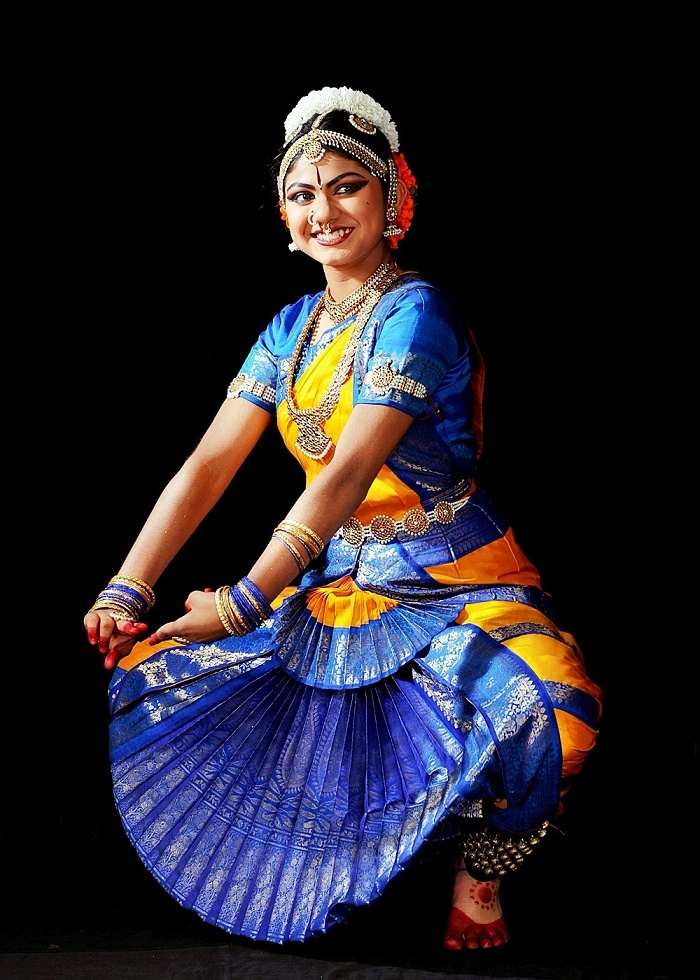
Bharatanatyam is a major Hindu form of Indian classical dance that originated in South India. Bharatanatyam style is noted for its fixed upper torso, bent legs, and knees flexed (Aramandi) combined with spectacular footwork, and a sophisticated vocabulary of sign language based on gestures of hands, eyes, and face muscles. The dance has traditionally been a form of an interpretive narration of mythical legends and spiritual ideas from Hindu texts. Modern stage productions of Bharatanatyam have been spread out and popular throughout India, have been done in different ways, and have incorporated technical performances, pure dance based on non-religious ideas, and fusion themes.
04. Tango – Argentina.
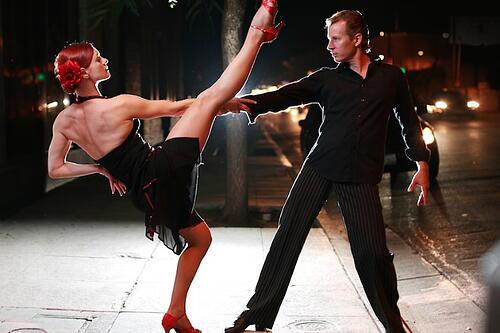
The tango is a sensual ballroom dance that originated in Buenos Aires, Argentina in the early twentieth century. The tango dance is usually performed by a man and a woman, expressing an element of romance in their synchronized movements. Originally, the tango was performed only by women, but once it spread beyond Buenos Aires, it developed into a dance for couples. In the 1880s, the dance form originated along the River Plate which is the natural border between Uruguay and Argentina. Many different styles of tango exist today and international tango dancing competitions are held each year signifying the popularity of this dance.
05. Jazz Dance – African American + European
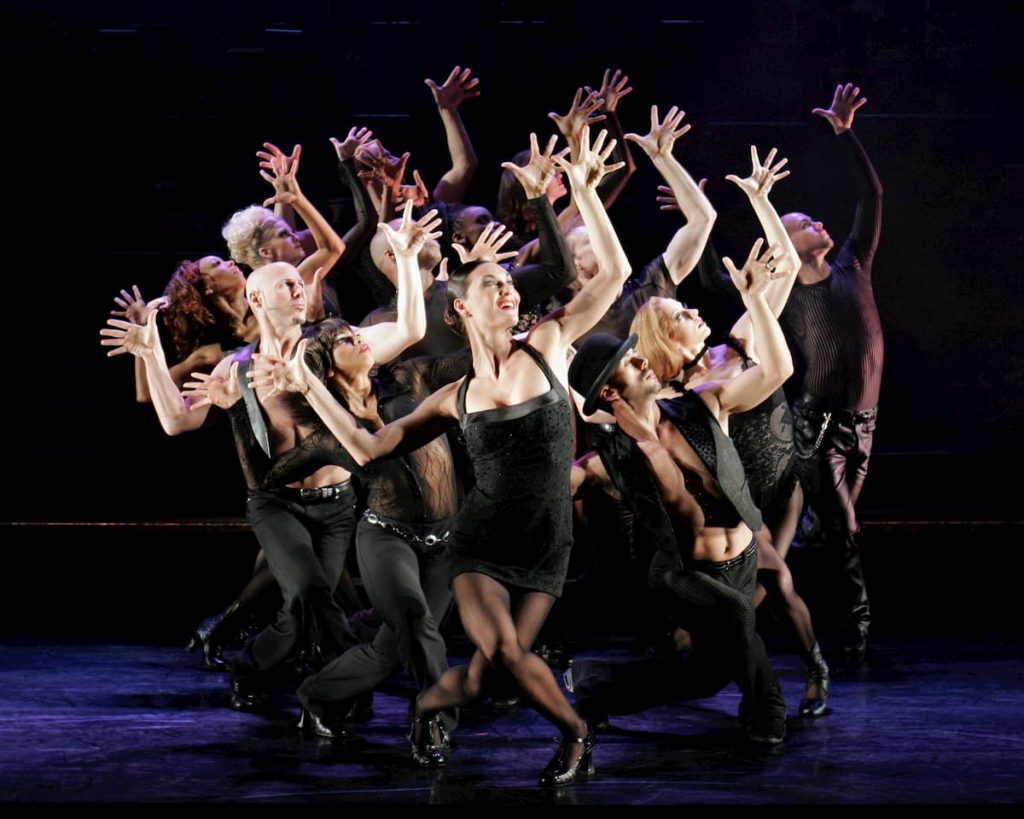
Jazz dance is a social dance style that emerged at the turn of the 20th century when African-American dancers began blending traditional African steps with European styles of movement. Though Jazz dance was born through intimate religious and social gatherings, it has always had a performative feel. Jazz dancing is a form that showcases a dancer’s originality. All jazz dancers interpret and execute moves and steps in their own way. This type of dancing consists of fancy footwork, big leaps, and quick turns. To excel in jazz, dancers need a strong background in ballet, as it encourages grace and balance.
06. Salsa – Cuba
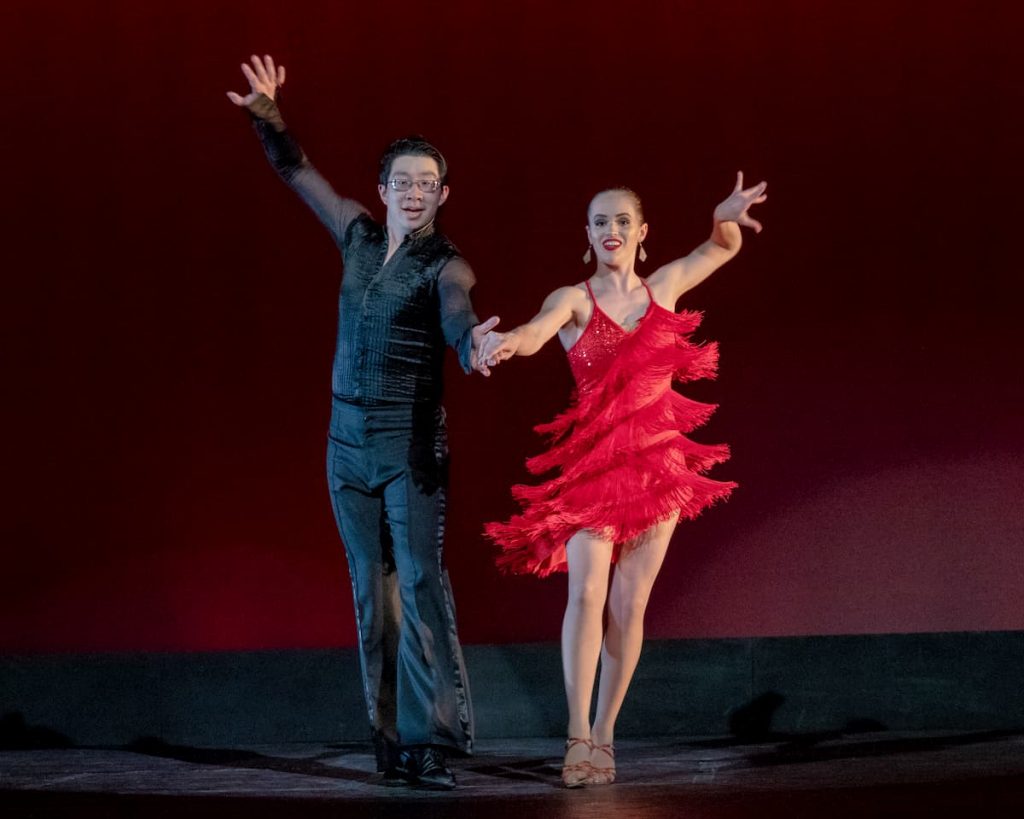
Salsa is a sexy, energetic, and fun partner dance. Salsa is an amalgamation of Cuban dances, such as mambo, pachanga, and rumba as well as American dances, such as swing and tap. It was primarily developed by Puerto Ricans and Cubans living in New York in the late 1960s and early 1970s
07. Samba – Brazil
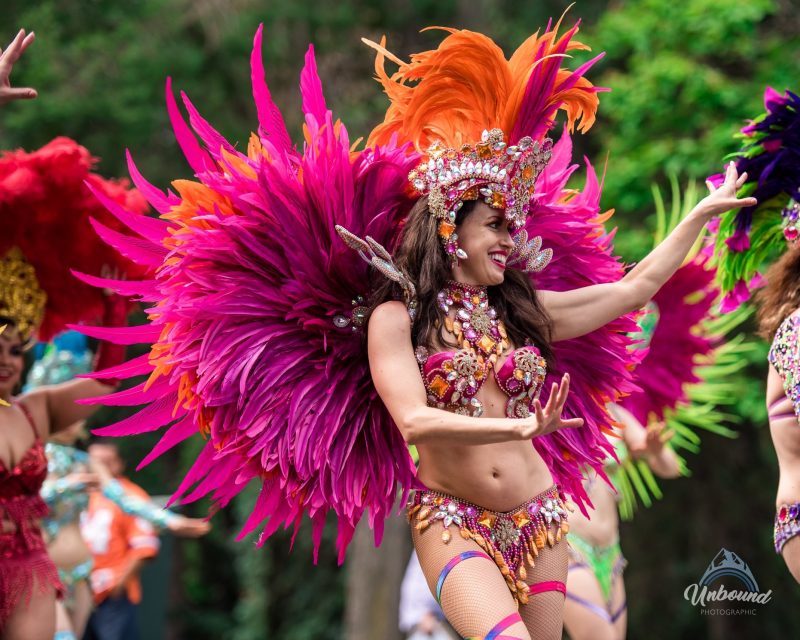
Samba is a lively dance of Afro-Brazilian origin. Samba was created by African people in Brazil from the music and dance culture they brought from Africa. Samba music is very similar to and has been influenced by many music genres, as well as many other Latin American music genres and dances. Today Samba is the most prevalent dance form in Brazil and reaches the height of its importance during the festival of Carnaval.
08. Belly Dance – Egypt & Middle East
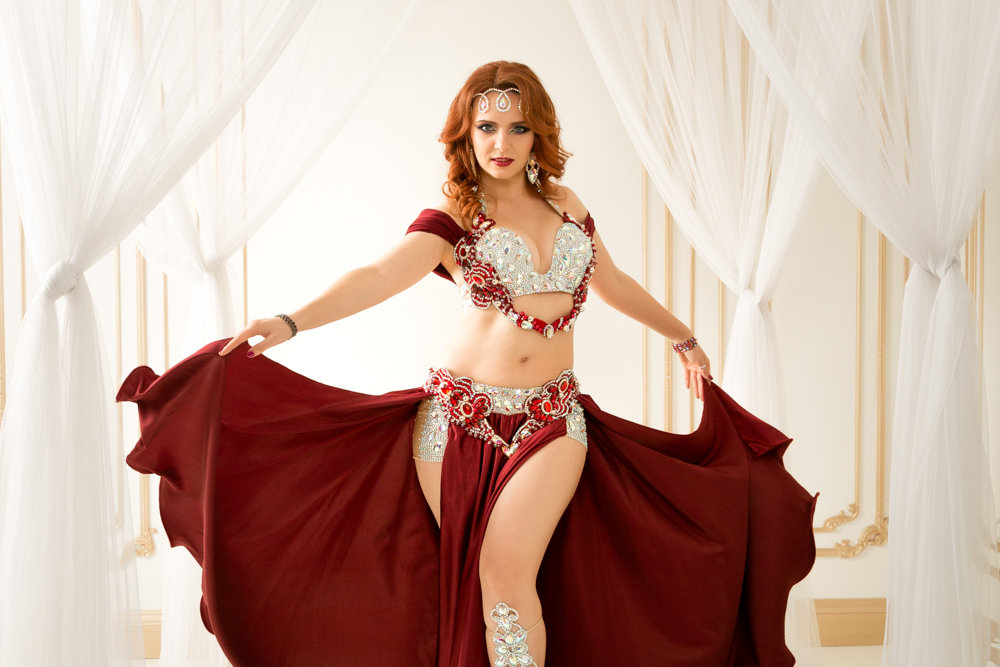
Belly dance is a dance that has its origins in Egypt. It features movements of the hips and torso. The informal, social form of the dance is known as Raqs Baladi (‘Dance of the Country’ or ‘Folk Dance’) in Egyptian Arabic and is considered an indigenous dance. The first known use of the term “belly dance” in English is about the Middle Eastern dancers who performed at the Exposition Universelle in Paris in 1893.
09. Kabuki Dance – Japan
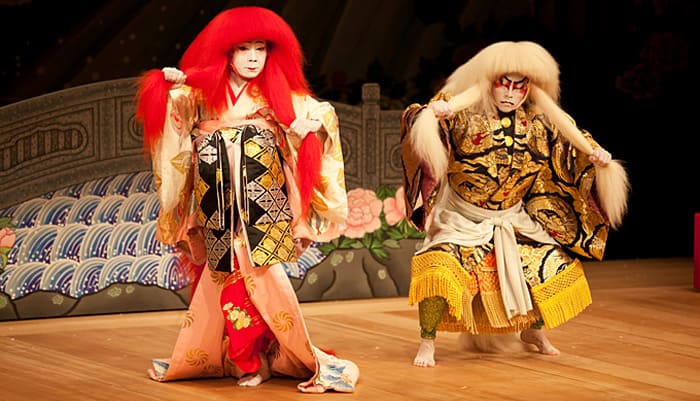
Kabuki is a classical form of Japanese dance drama. Kabuki theatre is known for its heavily stylized performances, the often-glamorous costumes worn by performers, and the elaborate make-up worn by some of its performers.
10. Kathakali – India
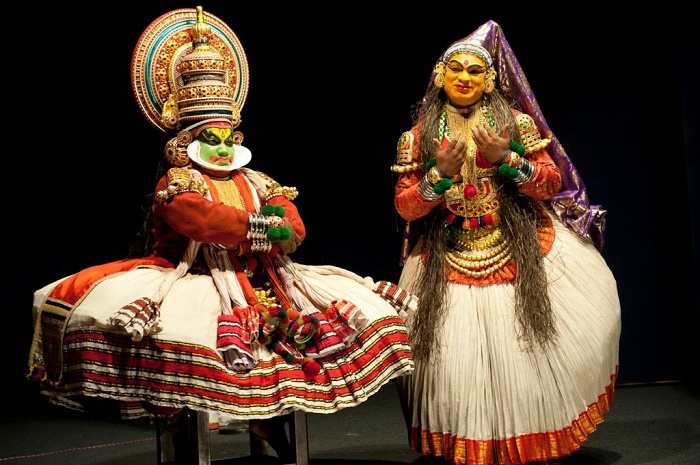
Kathakali is a major form of classical Indian dance. It is a “story play” genre of art, but one distinguished by the elaborately colorful make-up, costumes, and face masks that the traditionally male actor-dancers wear. Kathakali is a performing art in the Malayalam-speaking southwestern region of Kerala. A Kathakali performance, like all classical dance arts of India, synthesizes music, vocal performers, choreography, and hand and facial gestures together to express ideas. However, Kathakali differs in that it also incorporates movements from ancient Indian martial arts and athletic traditions of South India.
– Staff Reporter


